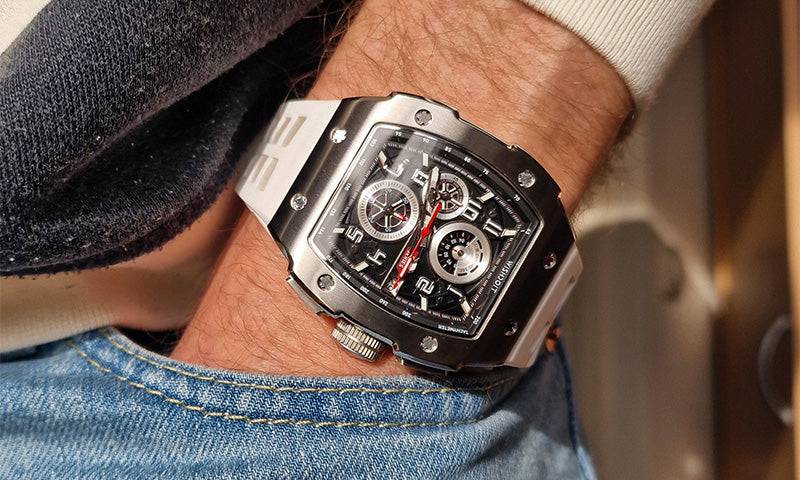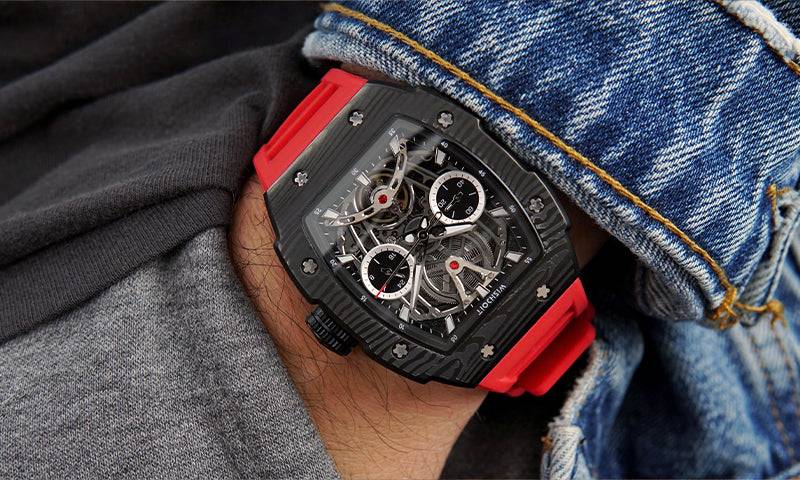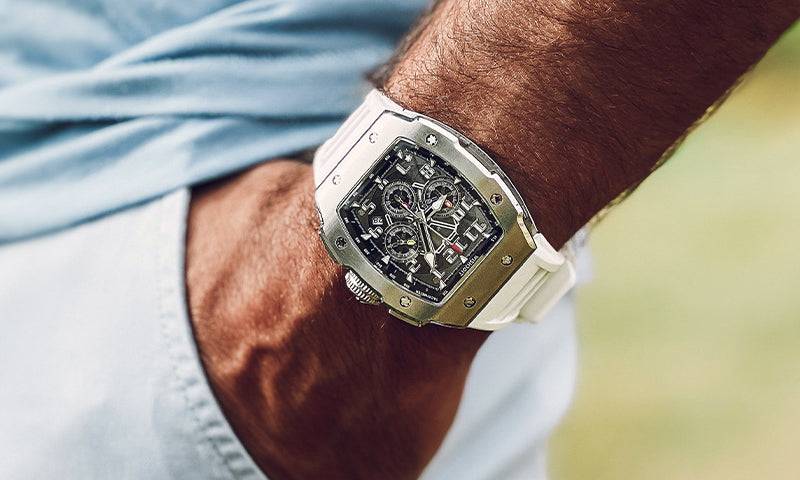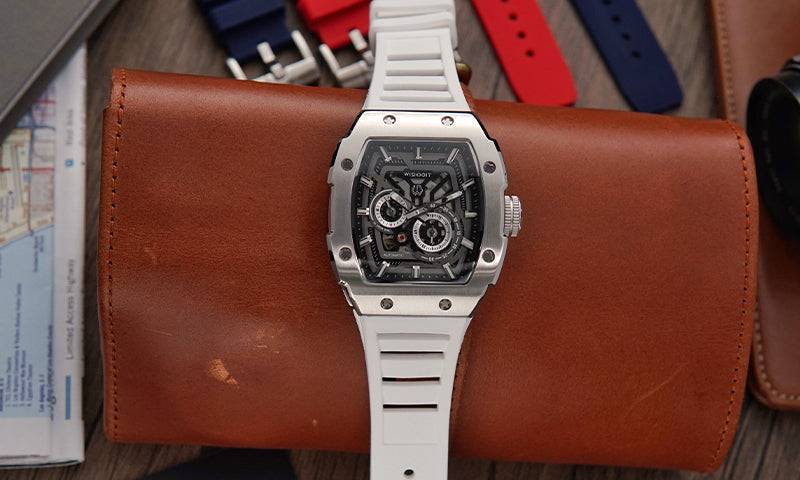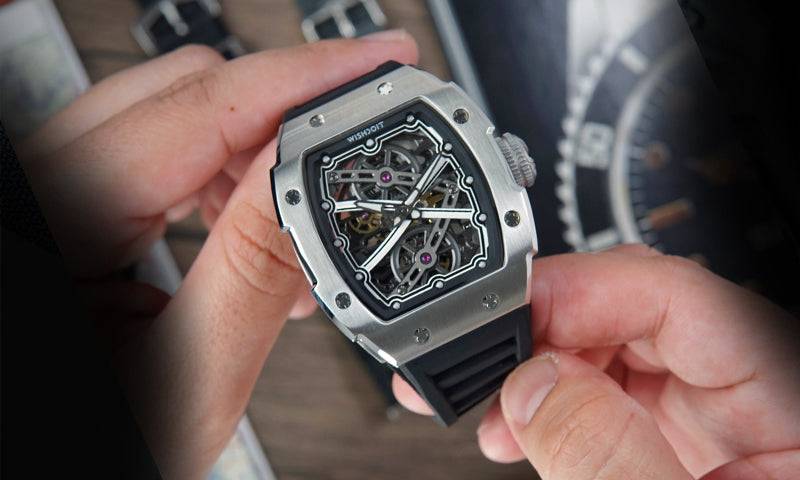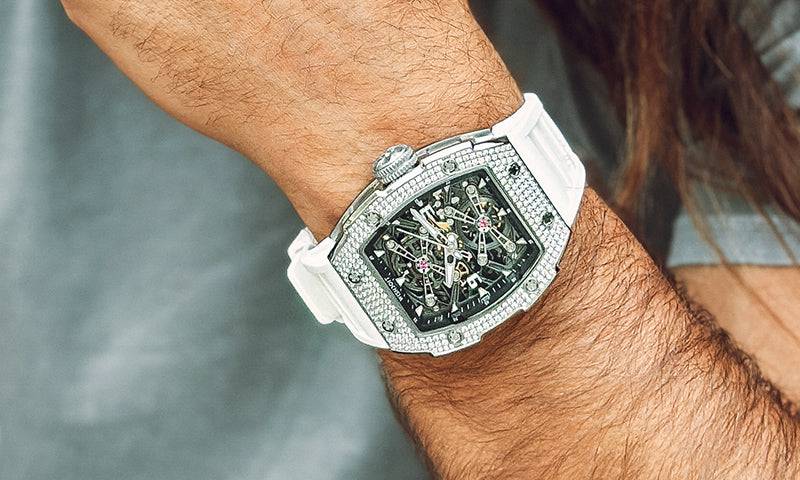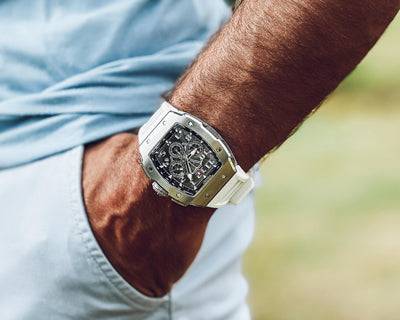The shape of the watch is not good and can only be seen as an integration of a bunch of parts. The quality of modeling is a matter of taste, and a matter of fashion and thought in a certain period. Looking back at the history of watches, it is not difficult to see that stylists in the 20th century have put a lot of effort into making watches so outstanding.
Before that, the early wristwatches were nothing more than modified versions of pocket watches with the same shape, unable to earn their due status. Ladies wear nothing more than the small pocket watches with bracelets that men often look at. Although women's wrist watches are often set with gemstones and other decorations, the small size limits technical advancements. It's not too important for a lady to know exactly when the time is up anyway.
It seems a bit of a stretch to define a wristwatch as an early kind of weird wrist watch made by a watchmaker or jeweler for a woman. In fact, it's just some extravagantly decorated hand tin that just fits into a movement. However, on the other hand, men may not necessarily be regarded as the pioneers of watches. Because in very ancient times, hand shovels, pendants, etc. were available, but men did not wear them until the Middle Ages.
Watch design is a first for women in the 20th century. Men, anyway, it is comfortable to carry the watch in your arms, in your pocket or trouser pocket, or hang it around your waist. But women don't have it so easily. Faced with ever-changing (and increasingly lighter, thinner, less, less exposed) fashion trends, it's becoming inconvenient for women to wear watches. "Where should I wear this watch?" became an increasingly frequent question. The answer is short: "Worn on the wrist." Watches have become an accessory independent of fashion trends, and on the other hand, have become a fashion icon due to their unprecedented presence on the wrist as a timekeeping tool.
Designers are starting to take watch styling seriously. Simply adding lugs and straps to the shape of a reduced pocket watch, its style changes are very limited and are mostly regarded as men's watches.
Cases began to appear oval, olive, diamond, tonneau or pillow-shaped. Rectangles, squares, and all sorts of weird shapes also popped up quickly.
The dial is occupied by exaggerated large characters. To meet military needs, the dial was painted with luminous paint. In the 1970s, almost diametrically opposed to the needs of women and soldiers, people began to demand a fashionable sports watch that is full of energy and leisure.




